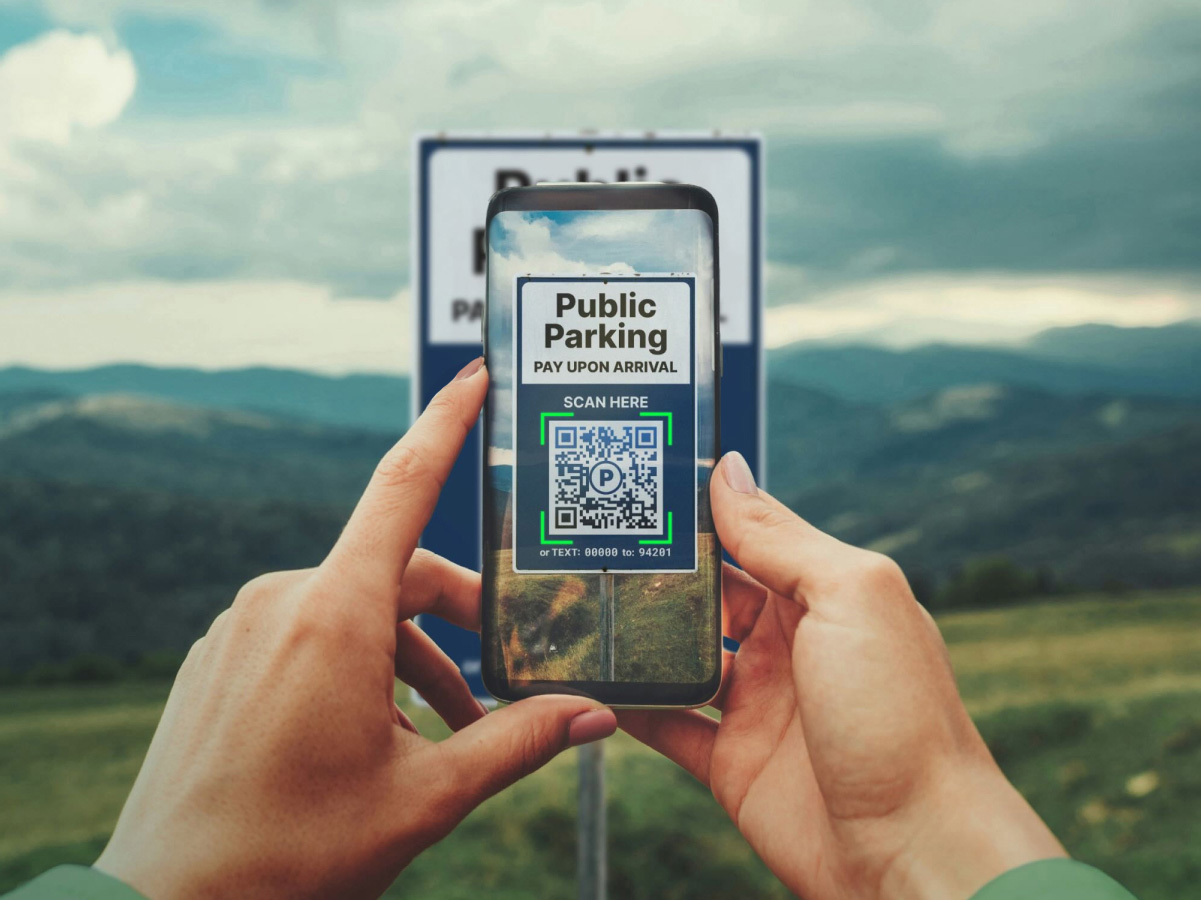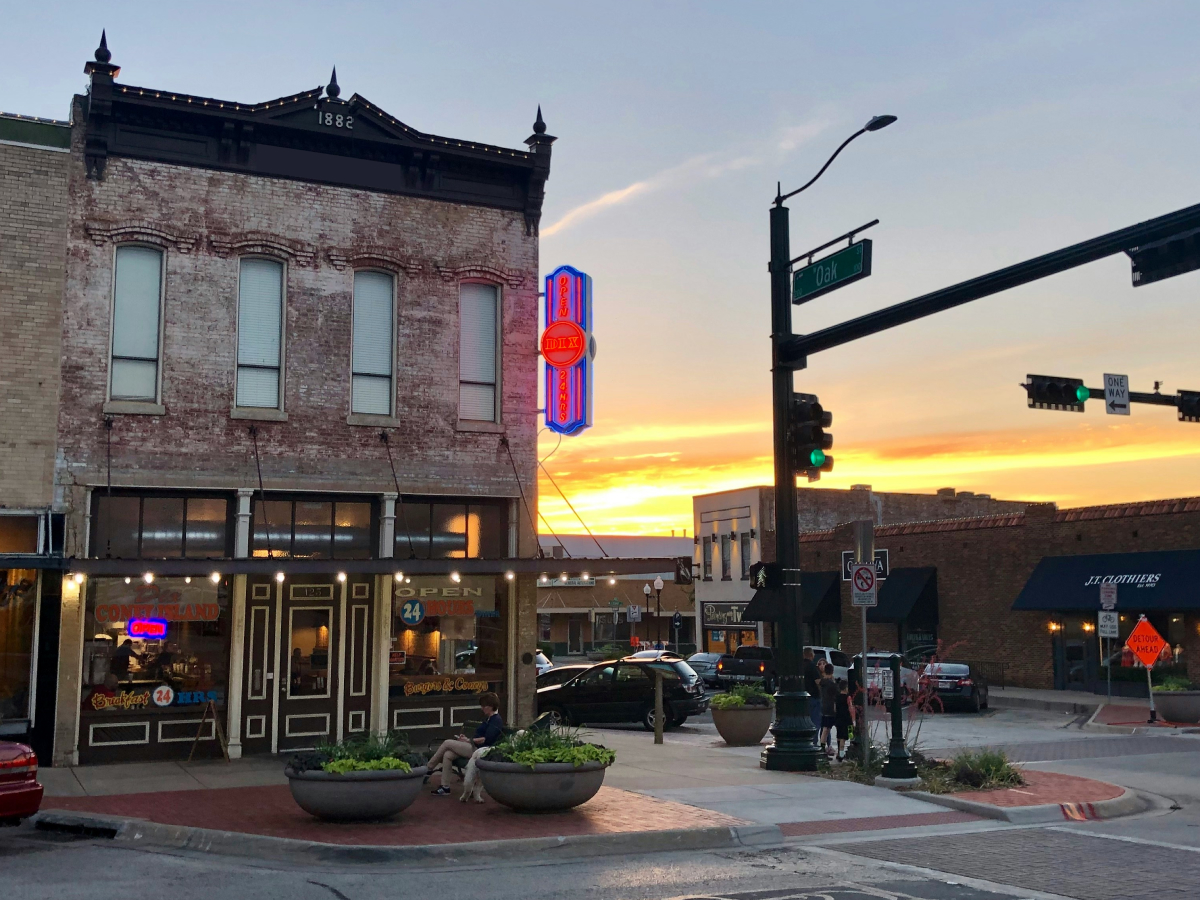
In early 2025, Inflow™ aimed to dramatically improve the airline parking experience, drastically reduce congestion, and significantly enhance revenue capture, all without increasing rates. The city leadership, where the airport resides, sought a modernization project that would address these pain points while keeping parking rates stable and supporting the airport’s broader expansion plan, which includes additional parking to support growth. To accomplish this ambitious goal, the airport made a pivotal decision: they turned to Inflow software. The outcome was nothing short of transformational: a fully ticketless parking system, powered by cutting-edge License Plate Recognition (LPR) and seamlessly streamlined digital workflows, delivering unparalleled efficiency and convenience.
The project represents a forward-thinking approach to airport operations: leveraging cutting-edge technology while minimizing disruption to passengers. It also positions the airport as a regional leader in adopting modern mobility solutions for mid-sized airports.
The modernization project established five key objectives:
INFLOW™ introduced Tap 'n Fly™, a fully ticketless parking system designed specifically for airports. This contactless solution allows airport visitors to drive directly in and out without needing to stop at in-lane kiosks or pull manual tickets. Instead, passengers can register their form of payment from their own mobile phone once parked, before exiting. This streamlined process enables them to drive right out without needing to stop and pay, significantly reducing congestion and wait times.
Additionally, they offered the SwiftPass repeat visitor program, which enables frequent travelers to maintain an account on file. With SwiftPass, these visitors can bypass the need for any registration workflow on future visits, offering an even more seamless and convenient parking experience. The solution integrates several core technologies:
Beyond public parking, the Inflow system also extended its benefits to employee and staff parking lots. This integration allows for precise tracking and management of authorized vehicles, eliminating the need for physical permits and streamlining access control. Critically, this technology provides the flexibility to easily convert designated staff lots into overflow parking during peak travel periods or special events. This dynamic repurposing of assets maximizes space utilization and creates additional revenue streams for the airport, demonstrating a further enhancement of the initial revenue capture objectives.
The project was delivered in three phases to minimize disruption:

